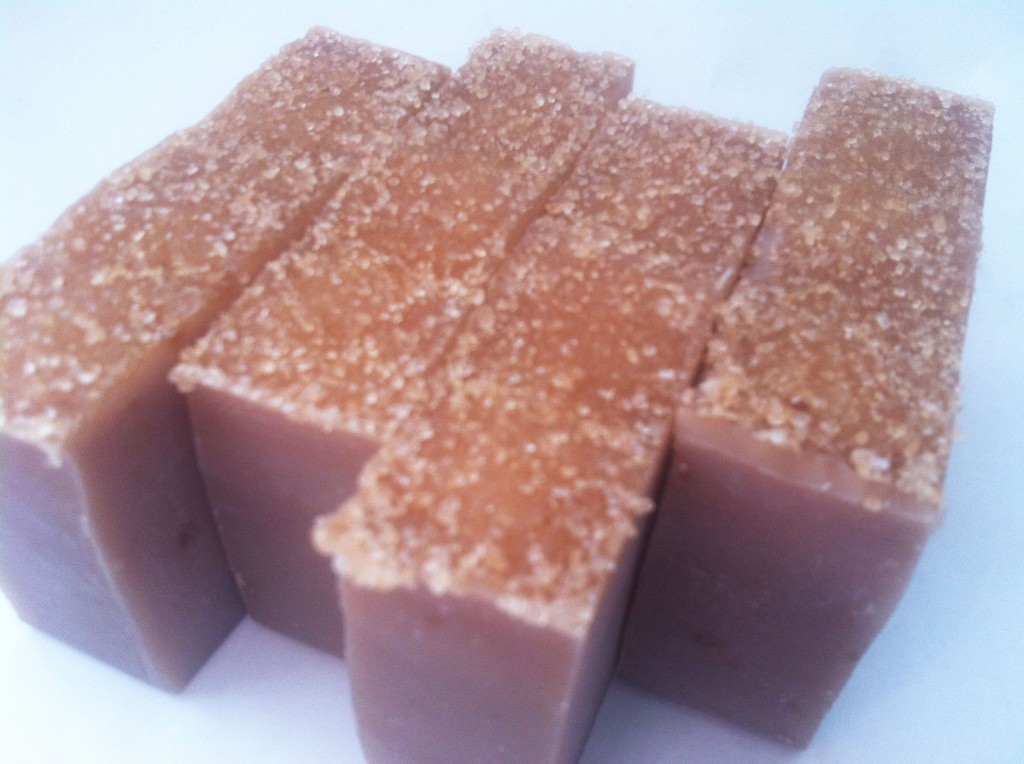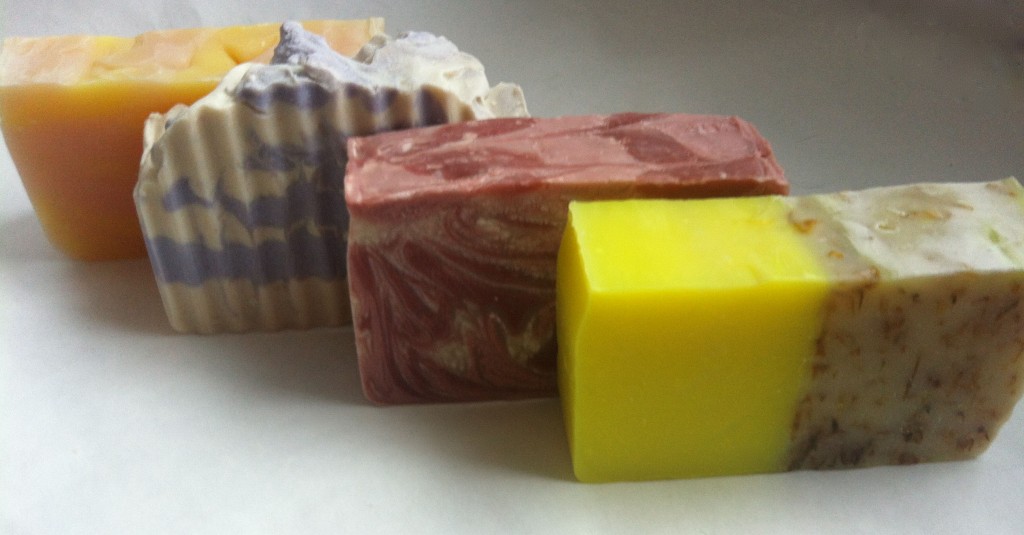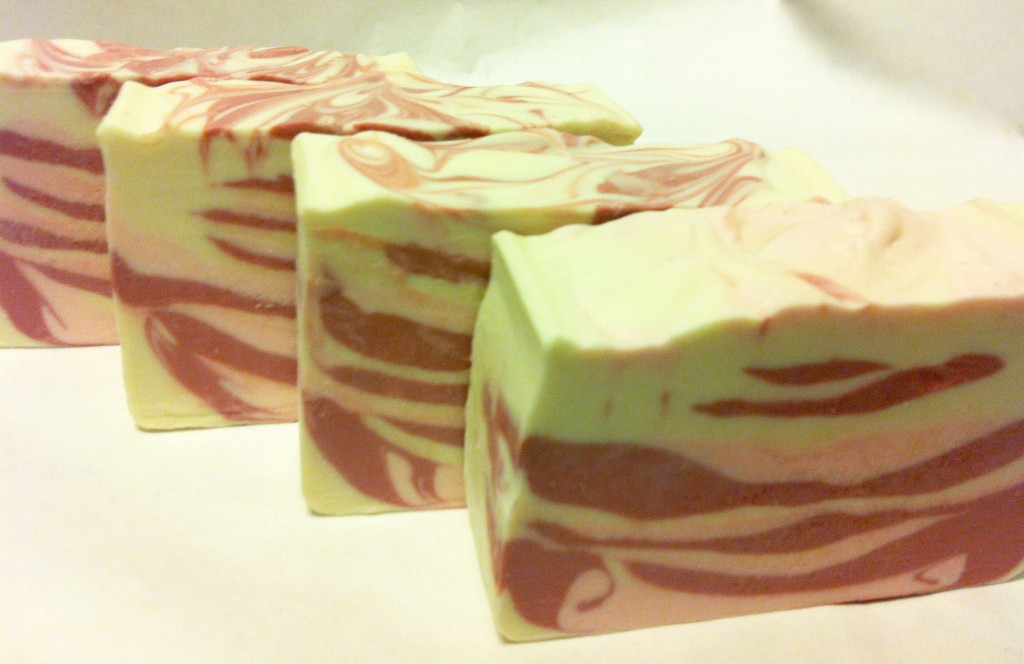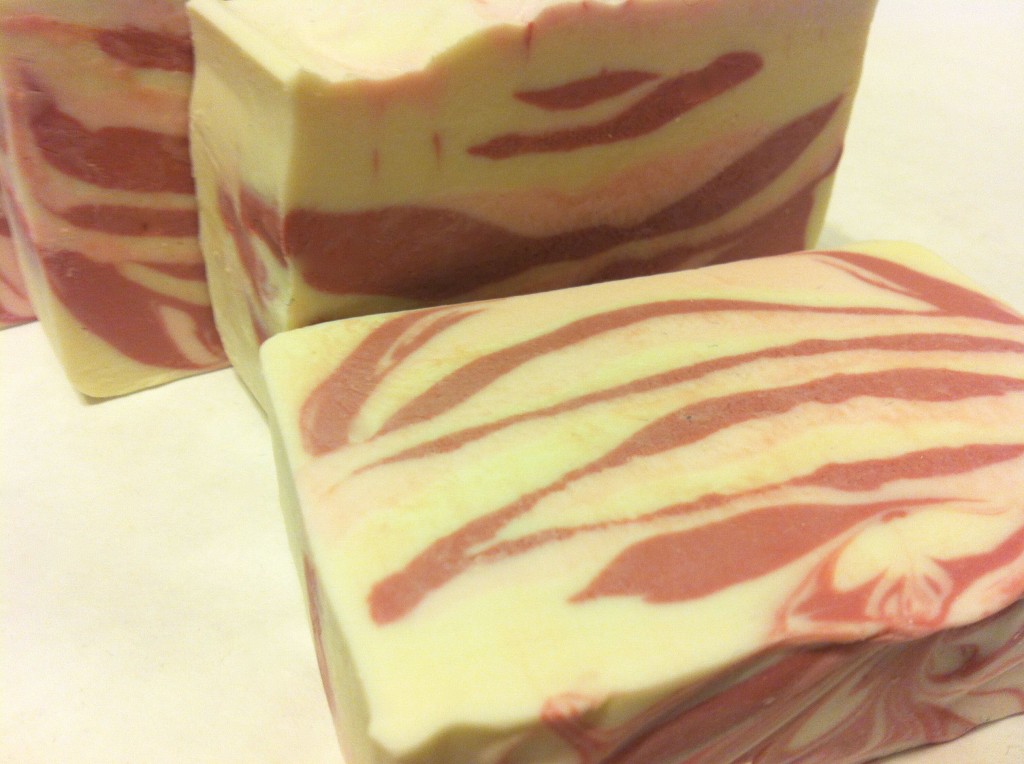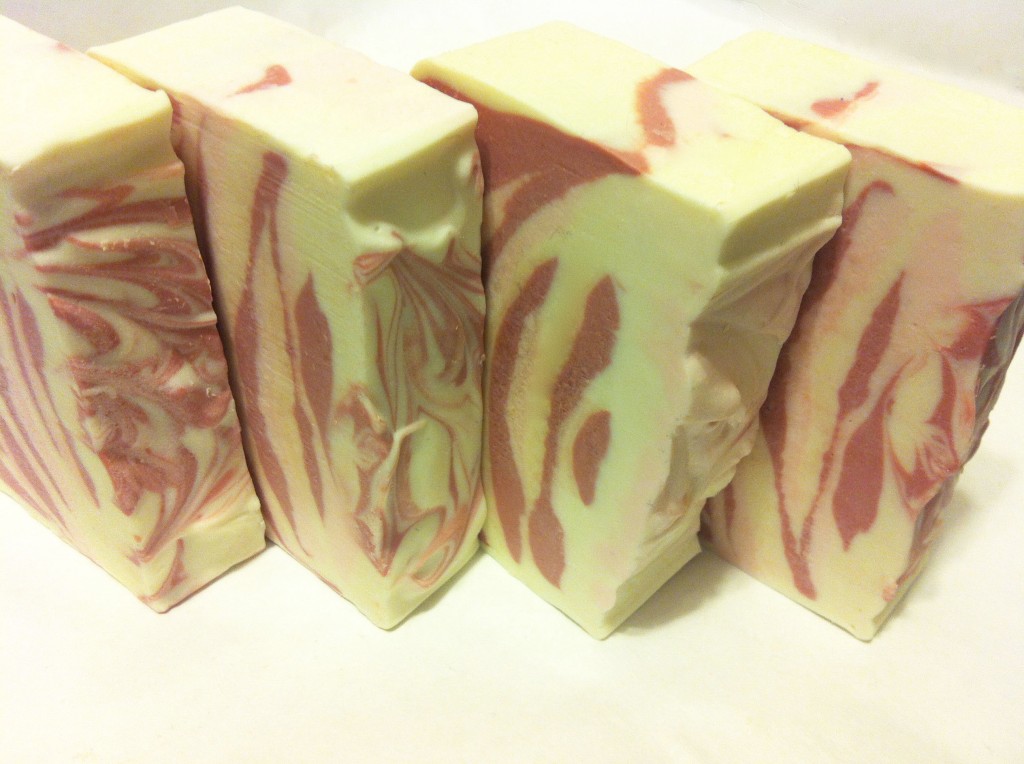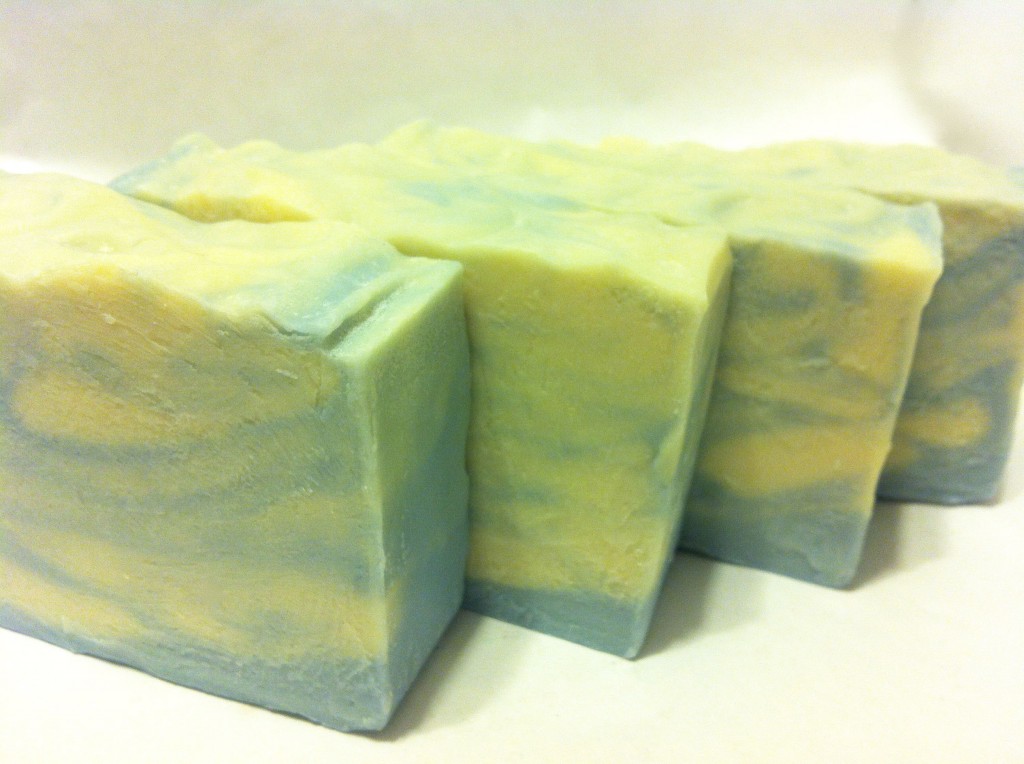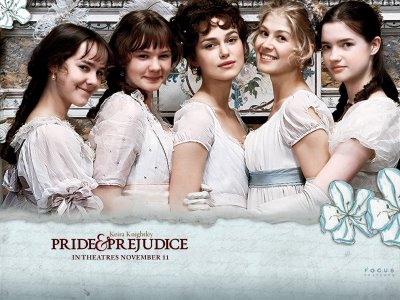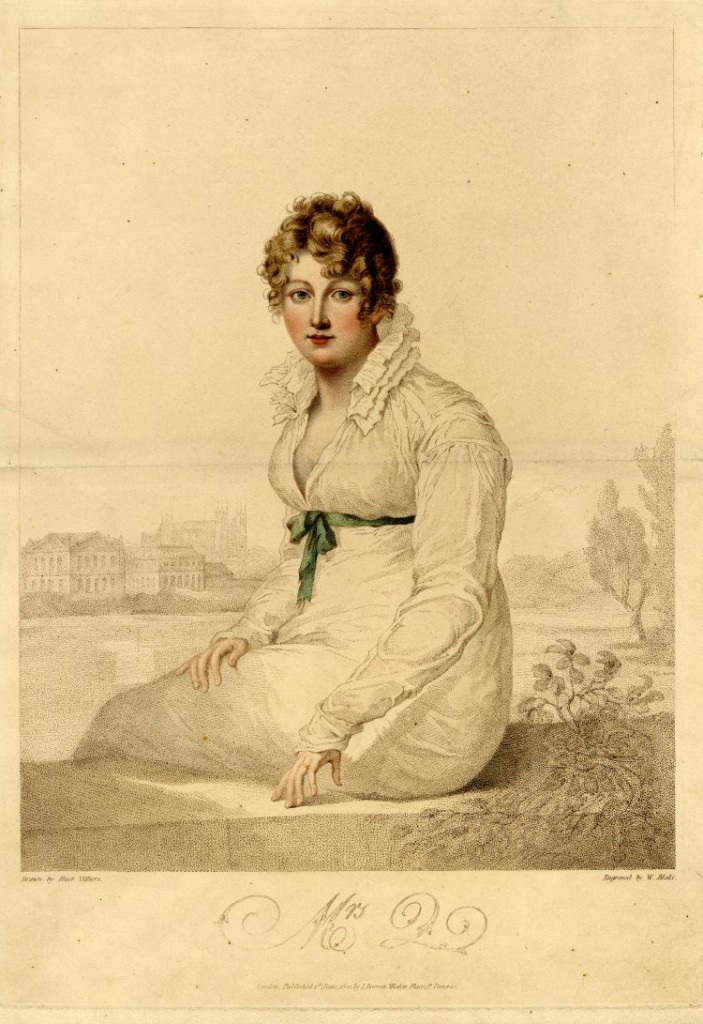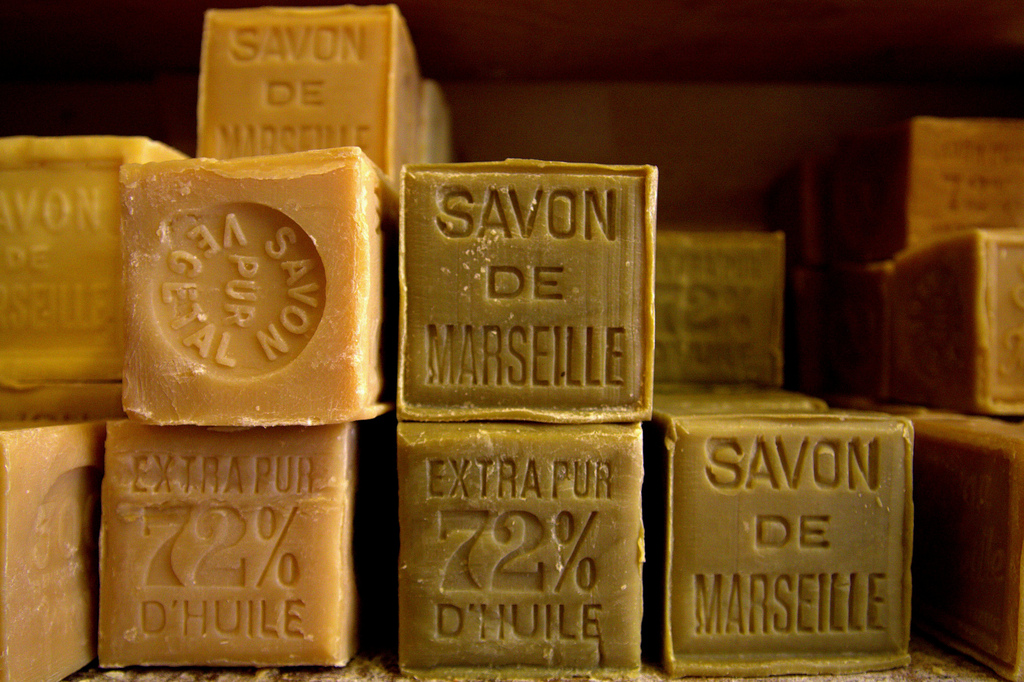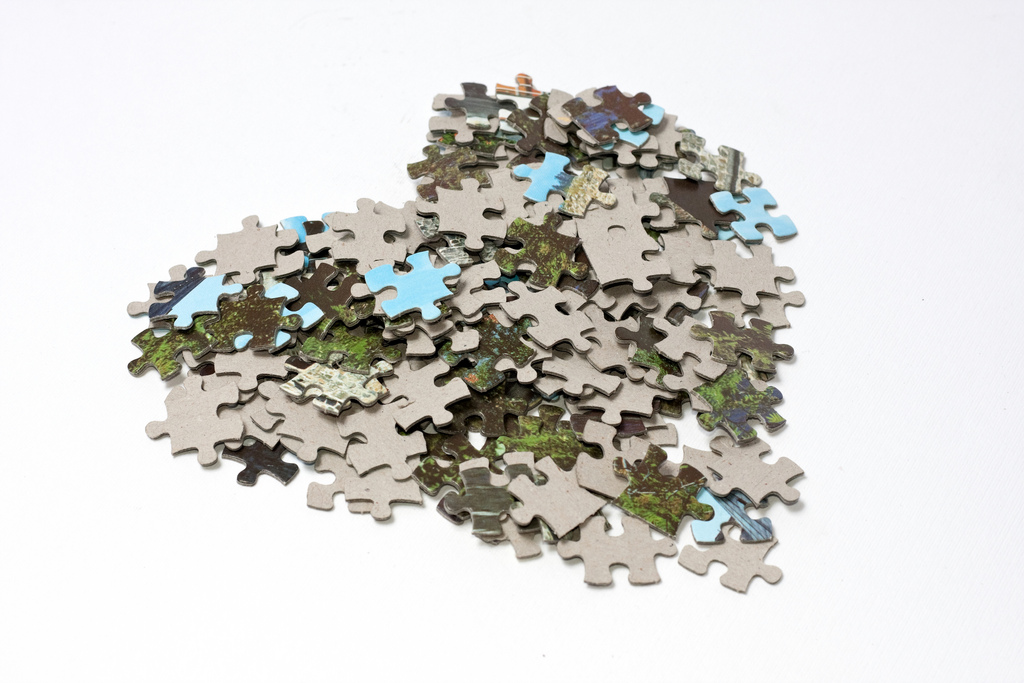 I was recently advised—quietly, and, I think, with helpful intentions—that I make a lot of different kinds of soap, and my customers might have a hard time choosing—perhaps it might be a good idea to pare down my offerings to some hardy best sellers?
I was recently advised—quietly, and, I think, with helpful intentions—that I make a lot of different kinds of soap, and my customers might have a hard time choosing—perhaps it might be a good idea to pare down my offerings to some hardy best sellers?
I have no doubt that the person who gave me this advice means well, even though I’m not sure the evidence he provided (reference to an unnamed e-book written by a successful, and also unnamed, soaper) is necessarily a good source.
The advice, I should add also, was completely unsolicited.
It bothered me. I worried about it for a while. Then I came to the conclusion that I don’t have any idea what my customers will like. I haven’t been selling long enough to observe trends like that really, with the exception that I did note they will buy practically any of my soaps at Christmas.
I thought about it and thought about it, and finally I decided that what bothered me about the advice was that it failed to take into account that soap is art. Sure, it is a practical art you can use. No one would dare tell an artist that she makes too many different kinds of paintings or sculptures, or a musician that he makes too many different kinds of songs and he should limit himself to 10 or 20 that sort of sound alike. Though some consumers do like that kind of art, I would argue that it’s not good for any artist to stagnate and put limits on his or her imagination.
I could not articulate these thoughts to the person who offered me the advice, and to be fair, he did not push it further. And no one else has suggested to me that I need to pare it down. Most family, friends, and other supporters have been nothing but encouraging.
Will my soaps sell? Time will tell. I have a lot to learn about that aspect of soap making. But I also think I make high quality soaps that are good for your skin, and I believe there is a market out there for the kind of variety I offer, even if it causes a little bit of decision paralysis.


